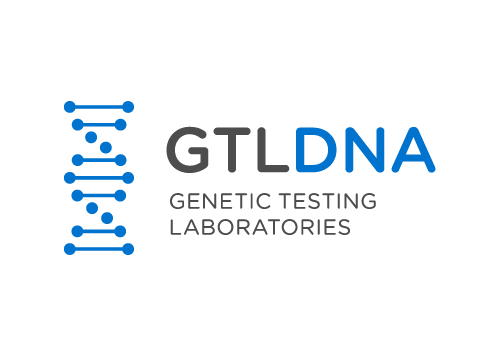Base pairs (BP) refers to the rung portion of the ladder structure of a DNA strand, the horizontal bars in the middle that connect the outside two vertical helix bars. Base pairs are constructed of nitrogenous bases – adenosine, thymine, cytosine or guanine – held together in the middle with loose hydrogen bonds. Adenosine (A) always pairs with thymine (T), and cytosine (C) always pairs with guanine (G). The number of these base pairs in a strand of DNA determines the strand’s size, which can be useful in genetic testing, including DNA testing for paternity.
